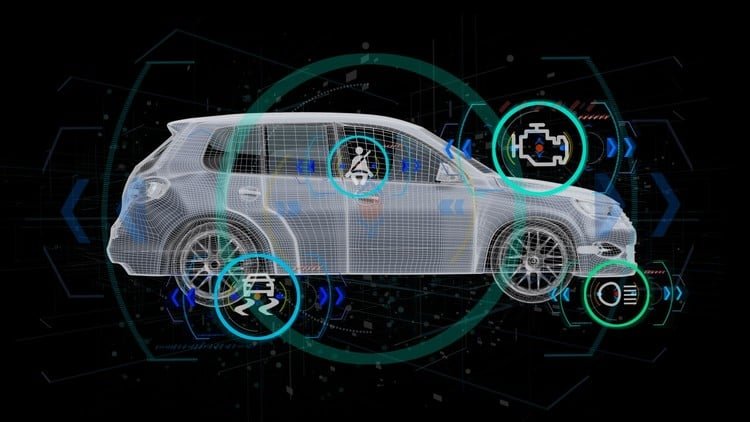In today’s rapidly evolving automotive software landscape, proficiency in AUTOSAR (Automotive Open System Architecture) is essential for engineers involved in ECU development, in-vehicle networks, and safety-critical systems. The Udemy course “AUTOSAR: From Basics to Advanced Applications”, offered by eTech School, walks you through the complete AUTOSAR stack—from foundational architecture to advanced component implementation with hands-on projects.
Whether you’re established in embedded systems or stepping into automotive development, this course provides practical, project-based training to help you confidently design, configure, and deploy AUTOSAR-compliant software.
What you’ll learn
This course teaches a well-rounded range of AUTOSAR concepts and real-world implementation skills:
- Core AUTOSAR Architecture & Methodology: Understand the layered model (BSW, RTE, ASW), design methods, and workflow for system configuration
- BSW Configuration & MCAL Layer: Configure basic software modules such as ECU abstraction and Microcontroller Abstraction Layer.
- ARXML and Interface Management: Learn to create ARXML descriptors, define ports and interfaces, and generate runnables.
- RTE Communication: Configure runtime environment for client‑server and sender‑receiver communication
- Software Component Development (ASW): Build and integrate application software components using standardized methods.
- Hands-On Projects: Apply key concepts through guided labs, translating theory into functional demos
By the end, you’ll be able to design and integrate AUTOSAR software components complete with configuration, interfaces, and RTE integration.
Requirements and course approach
- Foundational knowledge in embedded systems and proficiency in C programming are expected
- Hands-on learners will benefit most—expect practical labs, ARXML editing, and direct component deployment.
- Project-based lessons keep each session focused and application-oriented.
Who this course is for
This course caters to:
- Embedded engineers and firmware developers entering the automotive domain.
- ECU integrators and system engineers responsible for ensuring AUTOSAR compliance.
- Students and professionals seeking a thorough, applied introduction to AUTOSAR.
Industry insights: the real-world pros and cons
Reddit discussions from seasoned embedded professionals highlight some challenges in working with AUTOSAR:
Pros: widespread adoption, strong safety standards, and vendor support.
Cons: tool licensing, steep learning curve, limited open‑source resources, and complexity in configuration and debugging.
Outcomes and final thoughts
By completing “AUTOSAR: From Basics to Advanced Applications”, you gain:
- A solid grasp of AUTOSAR architecture, configuration tools, and ASW/RTE integration.
- Practical experience building ARXML components and real-world software components.
- Preparation for entry-level roles in automotive software and ECU development.
While AUTOSAR carries inherent complexity and tooling overhead, this course provides a structured learning path to navigate it effectively. Pairing it with lab access to AUTOSAR tools (e.g., Vector, Elektrobit, or open‑source alternatives) and real‑world practice will solidify your skills.
If you’re committed to a career in automotive embedded systems, this course is a smart investment to master AUTOSAR fundamentals and tools.





